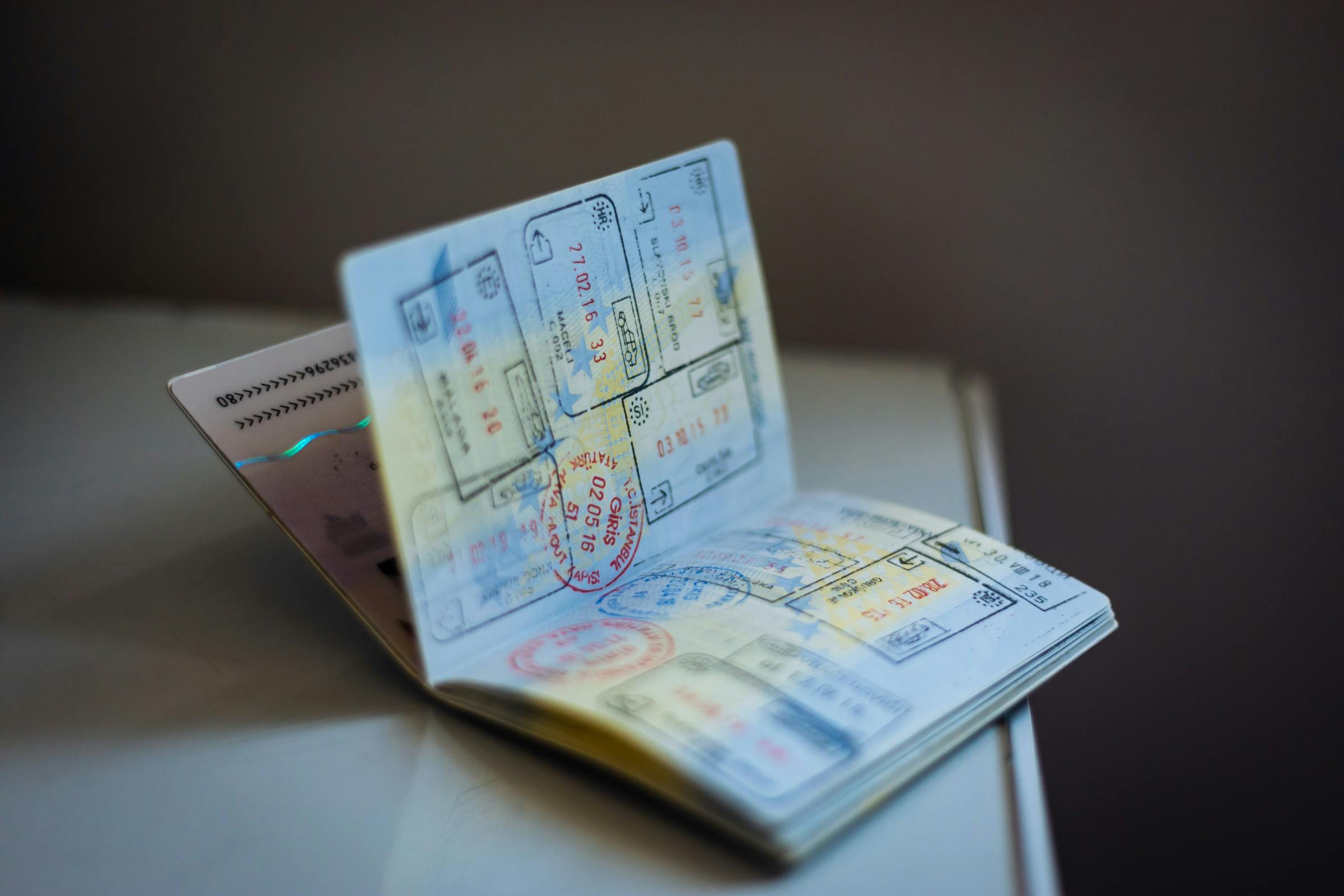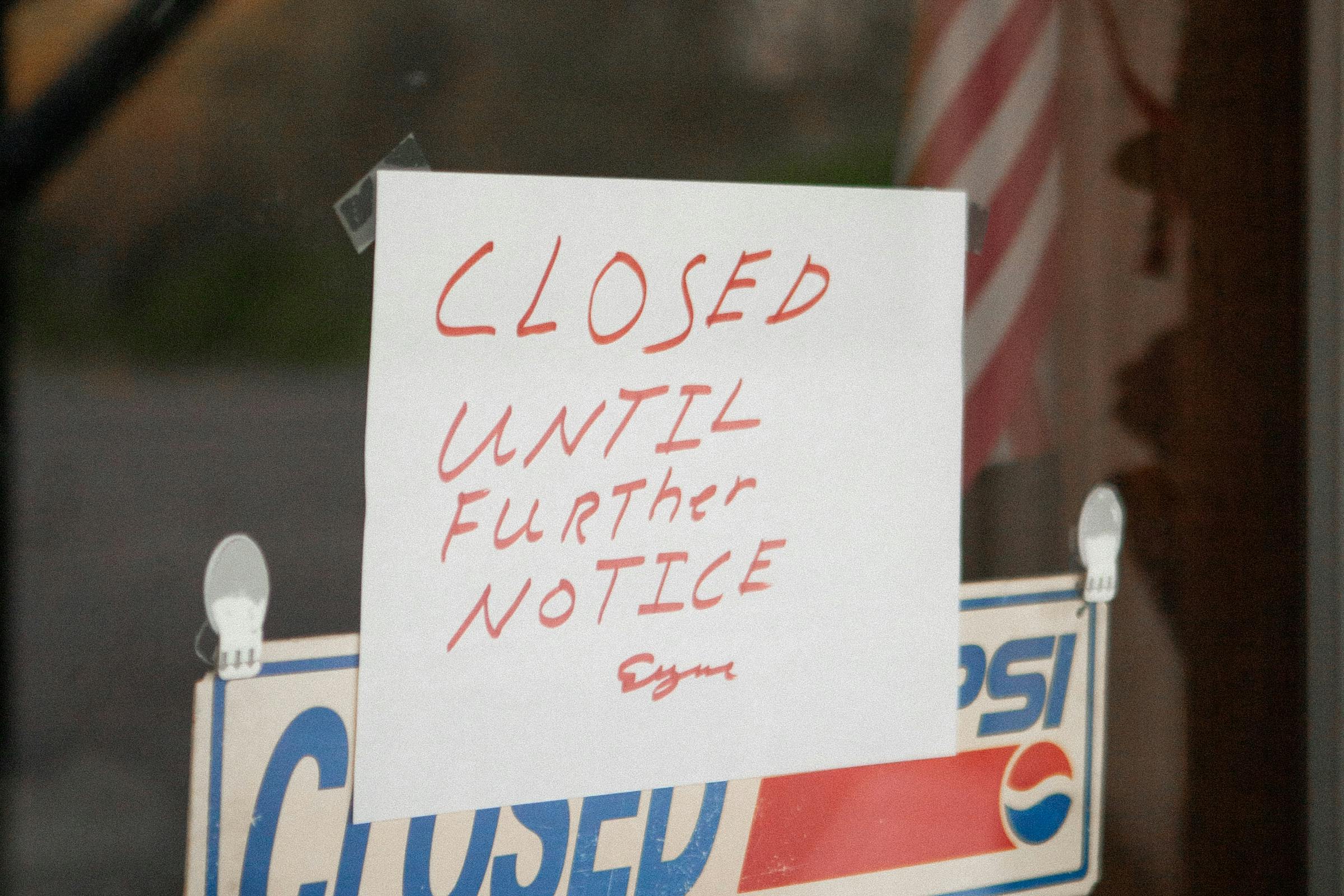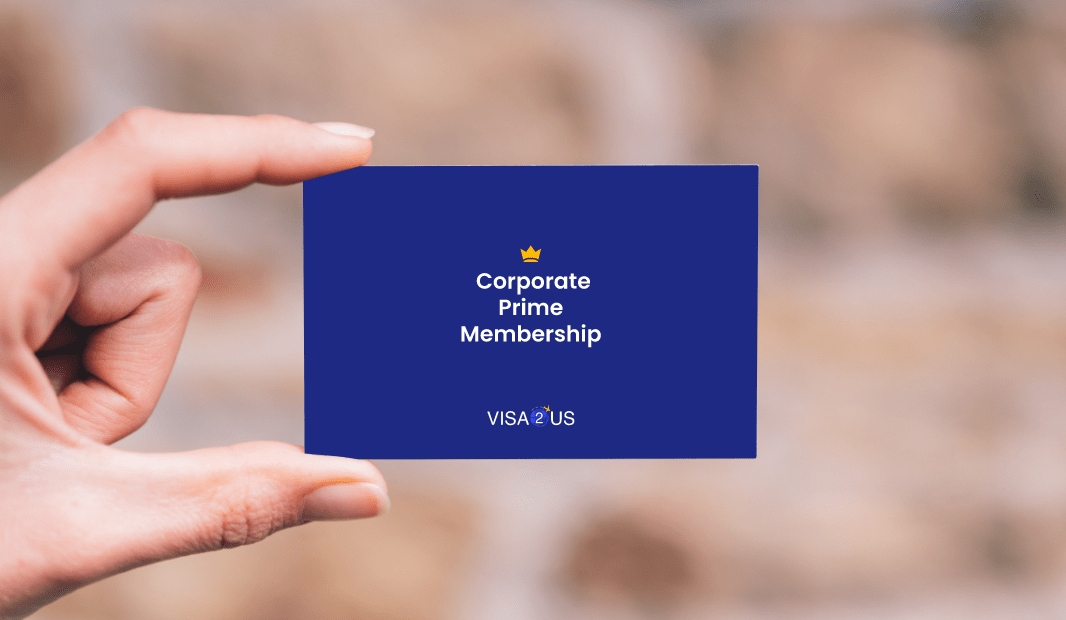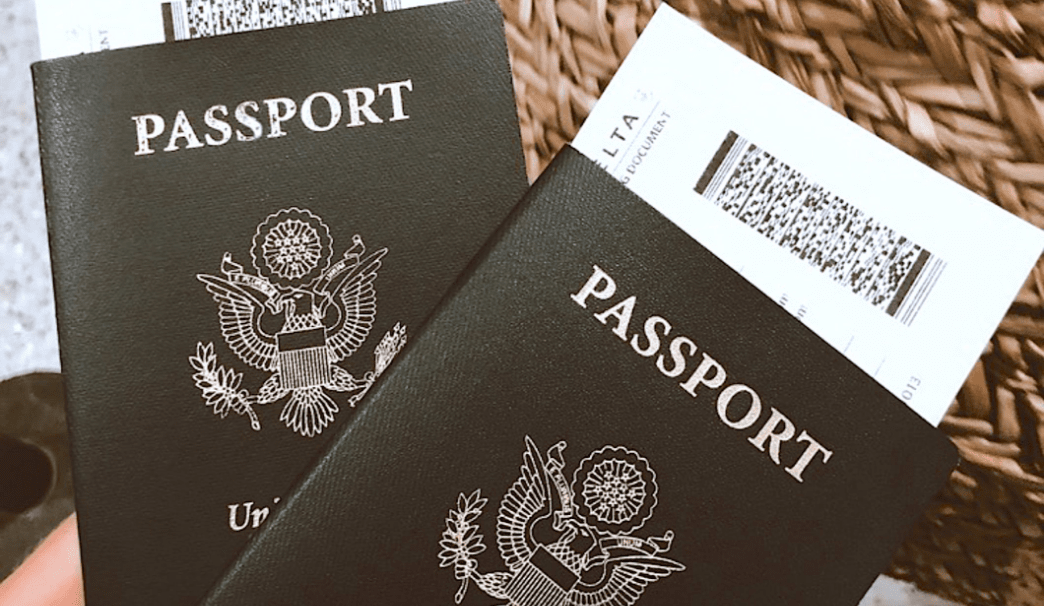Understanding the Work Visas
Depending on your industry, there are various categories of work visas your prospective employee may qualify for. The most common visa is the H-1B. With this visa, you sponsor a foreign worker who moves overseas (with their families, if they choose) to work for your company.
Hundreds of thousands of H-1B visas have been granted in the past few years. But the allocated number of allowable petitions is always less than the applications submitted, so USCIS has a lottery system. Your petition must be filed correctly before the cutoff date, and USCIS will choose 65,000 applicants to continue obtaining an H-1B visa. There are another 20,000 visas allocated to those with advanced degrees.
Other, less common work visas include TN, E-3, O-1, L-1A, and L-1B. However, as the H-1B is the visa in highest demand, we’ll continue to walk you through obtaining this type of document. If you or your employee don’t qualify for the H-1B, your immigration lawyer can advise you as to whether your foreign worker may benefit from another work visa.
The H-1B Visa Details
Before you extend a possible job offer to a foreign worker, you must understand the requirements they need for visa approval. The H-1B visa is for specialty occupations only. These are jobs that need theoretical or technical expertise to be performed. Common specialty occupations include fields of computer science, math, healthcare, architecture, finance, engineering, and higher education.
Under immigration law, the visa holder must have a bachelor’s degree or higher. Approval of education and experience is on a case-by-case basis. In some instances, the petitioner may prove that their experience, skills, and knowledge outweigh the fact that they don’t have the required education.
You must submit a Labor Condition Approval (LCA) to the Department of Labor (DoL) before offering a job to a foreign worker. The LCA includes all relevant information about the position, including job duties, salary, and how you tried to hire a US national unsuccessfully, leading you to search for foreign workers.
If the LCA is approved, you may extend the job offer and file for an H-1B visa. The deadline is April 1, and the first starting date for an approved worker is October 1. This is called the "H-1B season." Because the timeline is so tight, you must begin preparations for the petition as soon as you know you'll need to hire outside of the US.
Note: The capped petitions and deadlines do not apply to cap-exempt employers. If you’re not sure if you qualify as cap-exempt, talk to your immigration expert. These employers are places like colleges and universities and their affiliated nonprofits and nonprofit or governmental research organizations.
Employee Requirements
Since the cost of applying for an H-1B visa is hefty and set to rise after this year, it’s crucial that you’re confident the person you sponsor has the necessary approval requirements. In addition to the skills and education from a US-accredited college or university or foreign equivalent, they’ll also need one of the following:
● An unrestricted state license, certification, or registration that authorizes them to practice the specialty occupation (if required)
● Completed training, education, or experience in the specialty field
● Recognition of expertise in the specialty field
Employees will undergo a substantial background screening. If anything in their history is derogatory, it could disqualify them from the visa. Therefore, employers often screen their potential workers before filing for a visa. If there is anything on the history that may flag the USCIS worker, talk to your legal expert for guidance on whether it should be addressed in the petition.
Filing Fees
The filing fees for the H-1B visa are paid by the employer. As these rates are set to increase if 2023’s legislation is approved, verify that you’re paying the correct fee.
These fees include a basic filing fee, a fraud prevention and detection fee, the employer sponsorship fee (which varies depending on how many employees you have, and Public Law 114-113 fee if you have more than 50 employees and half or more are H-1B or L-1 visa holders.
The H-1B visa is good for three years, with an optional three-year renewal period (maximum of six years). After the six-year period, holders may remain in the US if they have taken steps to file for a green card (permanent residency.
What’s Next?
The process of obtaining a Labor Condition Approval and filing for an H-1B for your employer is complicated. Visa2US simplifies the steps and lets you and your Human Resources department focus on other important matters.
Contact us today at Visa2US to see how our legal experts can help you fill your important job vacancies with skilled foreign workers.














